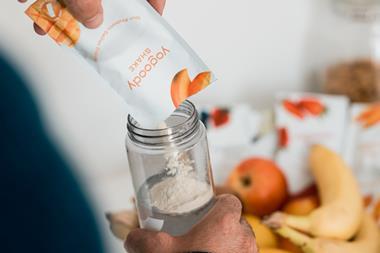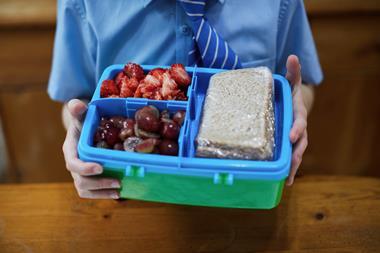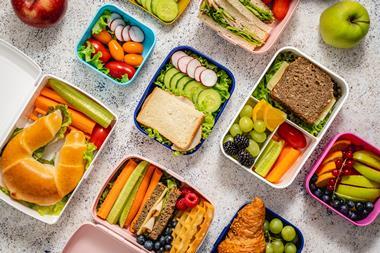Underpinning new HFSS rules is a ‘nutrient profiling model’ that retailers must ensure all products comply with in order to be sited in particular areas of a store. That means testing potentially thousands of products in 13 categories.
The task of testing typically falls on suppliers. And it’s not quick. Originally devised in 2005, and updated in 2011, it can be fiendishly complex to calculate. All food and drink products are assessed per 100g, irrespective of serving size. First, points for unhealthy ‘A’ nutrients – calories, saturated fat, total sugars, and sodium – are totted up. You can’t use nutritional labelling information to measure sodium without converting it either. And calculating the NPM score for ice cream is even harder: the nutrition information needs to be converted from millitres to per 100g or product using the appropriate specific gravity (density) for the product.
Then a score for ‘C’ nutrients – the more wholesome stuff, such as fruit, vegetables, nuts, fibre, and protein – is subtracted to calculate a final nutrient profile score. In the case of dried fruit, veg and nuts, as well as pureed tomatoes, the weight has to be multipled by two when calculating the amount in grams per 100g.
Drinks scoring one point or more and foods scoring four points plus are HFSS.
Read more:
-
Everything you need to know about HFSS but were afraid to ask
-
How are HFSS promotions evolving? And is the multibuy even still relevant?
-
How re-coding has made sticking to HFSS rules simpler online
There are exemptions, like milk, raisins, cooking oils, garlic bread, honey, even chocolate spread and alcoholic drinks, as these categories are not in scope. But affected categories have been hurriedly reducing salt, saturated fat, and sugar in their products and adding benefits – such as fibre, protein, nuts, fruit, and veg. As Dr Oetker’s head of marketing Paula Wyatt puts it of its non-HFSS frozen Good Baker range, “the proteins in some of the grains and seeds in the crust [of its non-HFSS frozen sourdough pizza] get us good ticks and we can take off some bad ticks.”
Similarly Mr Kipling, which debuted its non-HFSS Deliciously Good range of cakes containing real fruit in April. Cereals such as Coco Pops and Shreddies have essentially added more fibre. And in confectionery Mars launched compliant editions of Mars, Snickers, Bounty and Galaxy bars containing date paste, raisins, and peanuts in June.
It’s a careful balancing act of brands trying to maintain great taste, reducing unhealthy ingredients and adding sufficient amounts of healthy ingredients to bring down HFSS scores. Simple it ain’t.
As Amy Glass, UK diet and health policy manager at the Food & Drink Federation says: “Companies have worked hard over many years to redevelop the reipces of products to make them healthier while retaining their delicious flavours. This has included work to help people choose appropriate portion sizes, which unfortunately is not recognised by the NPM.
“Our Celebrating Food & Nutrition report show FDF member companies are providing 10% fewer calories, 12% few sugars and 16% less salt in the average shopping basket compared to 2017, thorugh a range of deeply researched and innovative programme. However, reformulation to ‘non-HFSS’ remains technically challenging for some categories and will not be possible.”
Everything you need to know about HFSS but were afraid to ask

Despite last-minute rumours to the contrary, the HFSS rules are now live. It’s been a right upheaval. Are you up to speed?
- 1
- 2
- 3
 Currently
reading
Currently
reading
How the nutrient profiling model works: as simple as A minus C?
- 5
- 6
- 7
- 8
- 9





































No comments yet